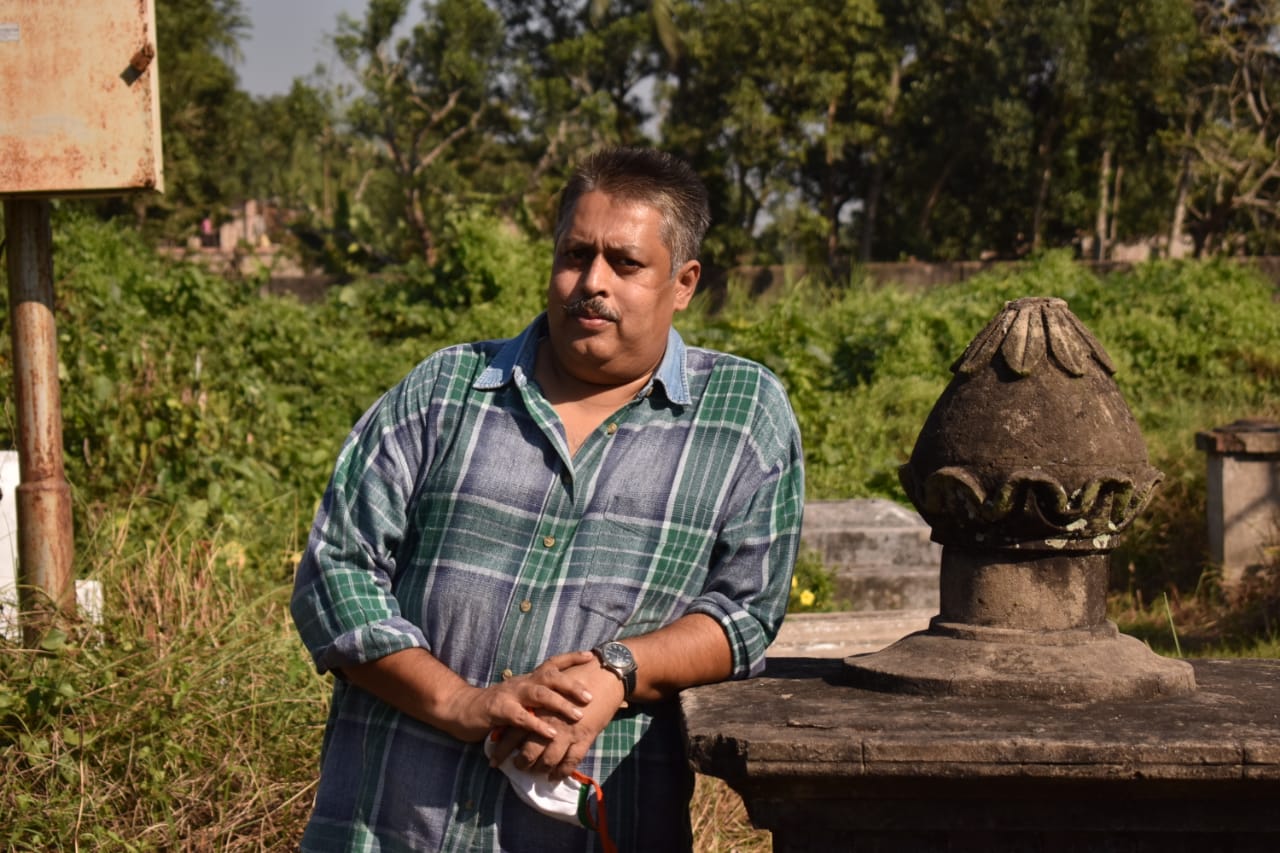Scientists flag NCERT's 'misleading' Chandrayaan content, demand withdrawal
A section of scientists on Monday demanded the withdrawal of a set of documents on Chandrayaan-3 released by the NCERT for school students because of the 'pseudo-scientific claims and misleading scientific content' in those materials.
